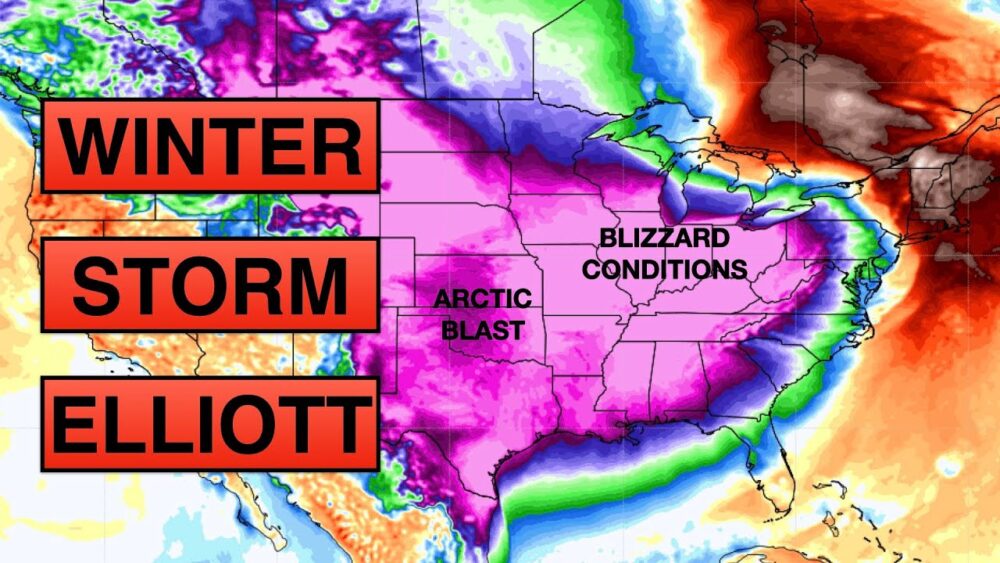The failure of gas-burning power plants to provide energy in cold weather is back in the news.
In the latest development, gas power plant owners are now facing performance penalties levied by the grid operator PJM and they are attacking PJM for enforcing the rules designed to ensure reliability. An added irony here is that the penalties—a total of more than $1 billion—are meant to pay incentives to the plants that over-performed their obligations, and that includes windfarms.
First, a bit more context.
The grid operator PJM, which covers the region from Illinois to Virginia, put these reliability rules and penalties into place in 2016 but this is the first full use of them. PJM already had in place a system of capacity payments which pay power plants to be ready to operate when needed. But the idea of these additional performance penalties was to impose financial incentives big enough to encourage plant owners to take precautions to keep their plants ready to run despite the weather.
PJM stakeholders voted on this policy to penalize energy suppliers who merely claim to be reliable and to use that money to reward the suppliers that actually exceed their expected performance. The self-governing PJM stakeholders put this in place after so many supposedly “firm” generators failed to perform in 2014. The Federal Energy Regulatory Commission accepted the rule, with the expectation such a carrot-and-stick approach fit with the broader market-based system that rewards generator owners in PJM.
Putting power plants to the test
The policy was put to the test with very cold weather in a winter storm named Elliott that started on December 23, 2022. Demand for energy to heat buildings went up as temperatures fell.
Gas plant outages and performance failures mounted to account for as much as 23 percent of the expected supply, tracking closely the falling temperatures. Investigations continue, but PJM provided numerous charts of the causes as they were reported by the plant owners. The plants that are built to burn gas reported they failed to buy the gas, or had frozen pipes, or had common failures of equipment all across the region.

The penalty rules are complex in their details, but the idea is simple. If the plant doesn’t produce when needed, some of the money paid for reliable capacity is taken back as a penalty. For suppliers that exceed their committed capacity performance, the money paid as penalties will be paid as incentives for that extra performance.
Windfarms outperform
While American buildings have not been particularly well built for energy efficiency in this kind of weather, the growing deployment of windfarms to convert wind to electricity helped fill the demand. Along with the cold it brought, Winter Storm Elliott included prodigious winds and the windfarms in the PJM region did what they were built to do: make energy.
The PJM system for counting reliability uses 13 percent as its windfarm value to meet demand, which put the expected requirement from wind for 2022 at around 2000 MW, depicted below in orange. As the chart below shows, the stormy weather drove the windfarm fleet in PJM to provide 2-3 times that much through to 2 am on December 26.

The results could hardly be clearer. But now that the time has come to collect the penalties and pay the incentives, gas plant owners in PJM are seeking to evade the penalties or even declaring bankruptcy.
It’s time for the gas plant owners to follow the rules they helped put in place. If we are going to have a grid reliability system that provides incentives, we can’t be gaming the rules every time the gas generators get caught with their plants down.

